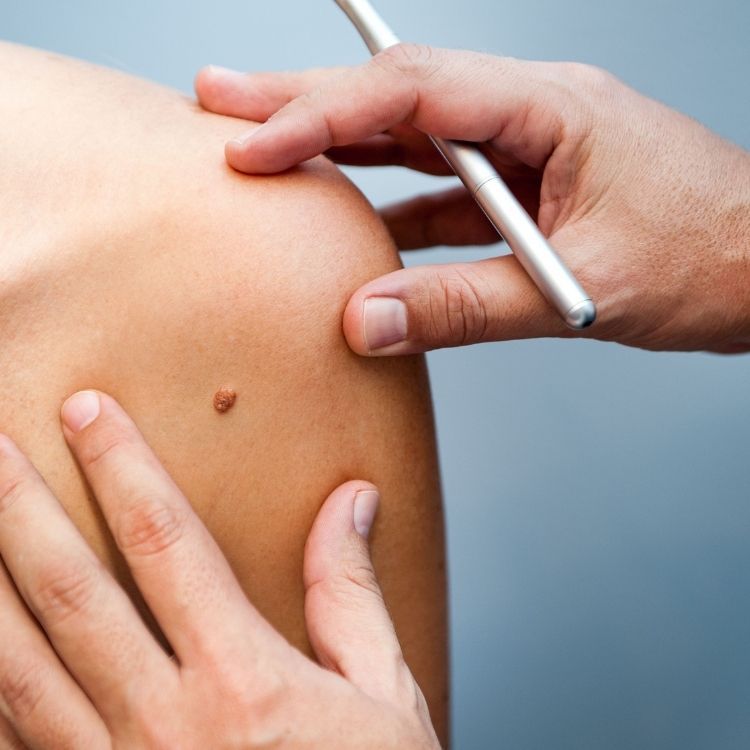New Study Means Better Melanoma Treatments

Scientists are learning that not all melanoma skin cancers are genetically alike. And that may have far-reaching implications for the treatment and prevention of this disease.
The Study
Dr. Boris Bastian, assistant professor of dermatology and pathology at the University of California, San Francisco, and his colleagues divided 126 different melanomas into four groups based on the amount of exposure to ultraviolet (UV) light from the sun.
Thirty melanomas appeared on skin that showed signs of chronic sun damage, while 40 were on skin that didn't show signs of sun damage. Another 36 melanomas were on areas that are rarely exposed to sun, such as the palms and soles of the feet. The remaining 20 melanomas occurred on mucous membranes, such as those found in the mouth, nose and genital areas.
After comparing these four groups, the researchers found significant genetic differences that often correlated with the location of the melanoma on the body.
Implications
"Up to now, melanoma was regarded as one disease and was treated as such. But our study shows that there are marked genetic differences in melanoma cases. These are distinct diseases," says Bastian.
Dr. Paul Meltzer head of the section of molecular genetics in the cancer genetics branch at the National Human Genome Research Institute, says this study "may have significant clinical implications in the long run, [and is] laying the groundwork for a better individualized and personalized cancer therapy. I'm somewhat optimistic now that we may turn the corner on melanoma therapy."
Both Bastian and Meltzer theorize that one reason current melanoma therapies are not as effective as doctors would like is that they are not targeting the right type of melanoma.
"These findings may be very important for designing targeted therapies for these various types," says Bastian.